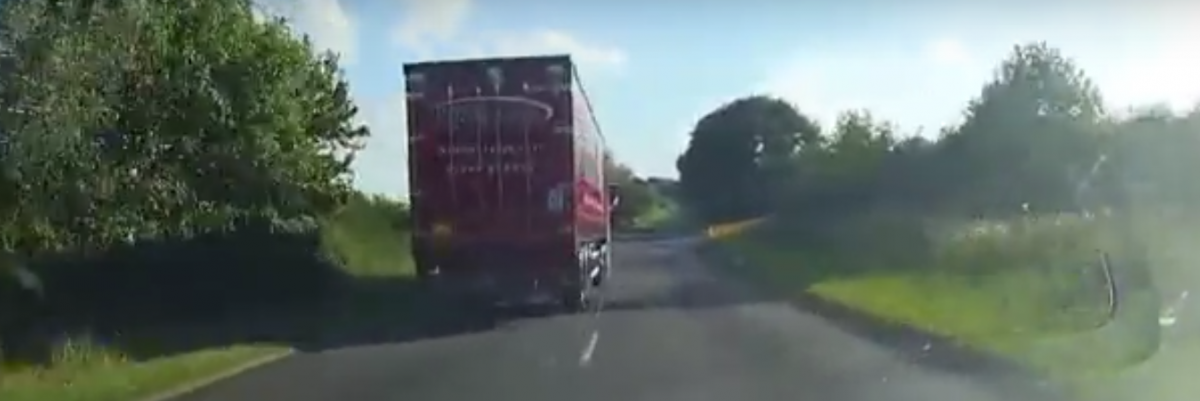Snowing me, snowing you … there is something we CAN do!
IAM RoadSmart brings you expert advice on driving in snow from its Head of Driving and Riding Standards, Richard Gladman.
The best advice is to avoid travelling in extreme weather. If no one is moving, you just add to the problem – so listen to travel advice.
If you do have to travel in bad weather, plan your journey thoroughly. Think about where you are going and what it will be like all the way along the journey. If you can, avoid travelling on less-used roads or country lanes as these are less likely to be gritted.
Before setting off, clear all your windows and mirrors fully. Clear off snow piled on the roof of your car and the bonnet too, as it can fall and blow on to the windscreen. Don’t leave anything obscured.
Start your car gently from stationary and avoid high revs. If road conditions are extremely icy and you drive a manual car, you should move off in a higher gear rather than first gear. You should stay in a higher gear to avoid wheel spin.
It’s important you get your speed right when travelling in snow. Never drive too fast that you risk losing control, and don’t drive so slowly that you risk losing momentum for getting up a slope.
Increase your following distance from the vehicle in front of you. It may take up to 10 times as long to stop on snow or ice build this into your following distance – this will give you more time to slow down using engine braking which is less likely to induce a skid.
Make sure you slow down sufficiently before reaching a bend so you have enough time to react to any hazards that appear as you go around it – and so you do not skid as well. You should have finished slowing down before you start to turn the steering wheel.
If you break down or have to pull over on a motorway or dual carriageway, you should leave your vehicle and stand to the safe side of it – ideally well over the armco to the nearside of the road, but not in front of it, when waiting for help.
Richard said: “Many of the problems associated with travel during snow could be avoided if people planned in advance. People routinely travel with only the minimum of safety equipment, without realising their journey could be a lot longer than expected. At the very least you should have a shovel, torch, blanket, jump-leads and tow rope. You should ensure your mobile phone is fully charged, and the number of your recovery organisation is saved into it. A bottle of water and a snack may also prove useful and don’t set out without knowing the locations of petrol stations on your way. This all might sound obvious, but too many of us forget to do any of this. Don’t be one of the ill-prepared, and listen to the weather forecast for the whole length of a winter journey to help you prepare for it.”
| Virus-free. www.avg.com |
